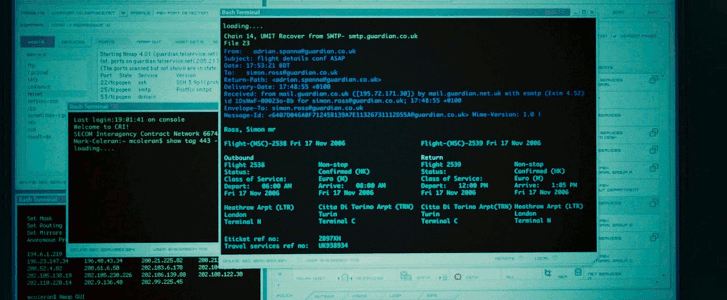There are two additions, though, that were lost in the noise of the bigger features, and I would like to spend a few words for each of them. The first addition is something that users of stored routines have been waiting for since MySQL 5.0. No, it is not SIGNAL and its close associate RESIGNAL, which have been publicized enough. I am talking about the stored routine parameters, for which now there is a dedicated table in the information_schema.
Let's see an example, with a simple procedure that uses three parameters.
This works as expected in both 5.1 and 5.5. (Never mind that it's redundant. I know it. It's only for the sake of keeping the example short).drop procedure if exists add_to_date ;
create procedure add_to_date(in d date, in i int, out nd date)
deterministic
set nd = d + interval i day;
The difference starts to show when you want to deal with this procedure programmatically. If you need to find out which parameters are expected by this procedure, your only option in MySQL 5.1 is parsing the result ofcall add_to_date('2010-12-15',10,@new_date);
Query OK, 0 rows affected (0.00 sec)
select @new_date;
+------------+
| @new_date |
+------------+
| 2010-12-25 |
+------------+
1 row in set (0.00 sec)
SHOW CREATE PROCEDURE add_to_date. Not terribly difficult in any scripting language, but a hassle in SQL.In MySQL 5.5, instead, you can easily get the routine parameters with a simple query:
select parameter_name, parameter_mode,data_type from information_schema. parameters where specific_schema='test' and specific_name= 'add_to_date' order by ordinal_position;
+----------------+----------------+-----------+
| parameter_name | parameter_mode | data_type |
+----------------+----------------+-----------+
| d | IN | date |
| i | IN | int |
| nd | OUT | date |
+----------------+----------------+-----------+
3 rows in set (0.00 sec)
Speaking of the information_Schema, there are more goodies that were not emphasized enough. The Innodb engine that you find in the server is the evolution of the InnoDB plugin that ships with MySQL 5.1. Only that it is now built-in. What many people forget to mention is that the plugin (and thus the current InnoDB engine in 5.5) comes provided with its own InnoDB-specific instrumentation tables in the information_schema.
This is the same set of tables that you may have seen if you have worked with the InnoDB plugin in 5.1. In short, you can get a lot of the info that you used to look at in the output ofshow tables like 'innodb%';
+----------------------------------------+
| Tables_in_information_schema (innodb%) |
+----------------------------------------+
| INNODB_CMP_RESET |
| INNODB_TRX |
| INNODB_CMPMEM_RESET |
| INNODB_LOCK_WAITS |
| INNODB_CMPMEM |
| INNODB_CMP |
| INNODB_LOCKS |
+----------------------------------------+
7 rows in set (0.00 sec)
SHOW ENGINE INNODB STATUS. For more information, you should look at what the InnoDB plugin manual says on this topic.I don't know if the tables can replace the SHOW ENGINE INNODB STATUS. Perhaps someone can comment on this issue and provide more information?
Source


